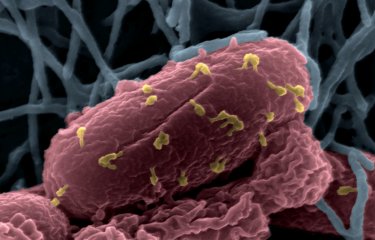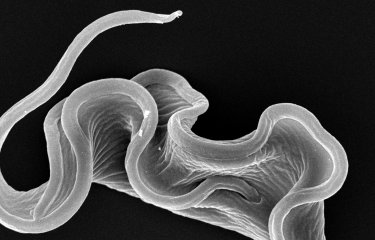Three studies conducted by an international consortium, published in the journals Molecular Psychiatry, PNAS and Nature Genetics, have revealed several dozens of genes associated with dyslexia and reading skills. These analyses, performed on a large number of participants, have enabled scientists to detect the first genetic variations associated with dyslexia and reading skills in genes involved in the development of brain regions that control language.
Dyslexia is a specific disorder related to the acquisition of reading and spelling skills, which affects around 5% of children. Studies of families and twins have long suggested that dyslexia has a genetic component. Over the past 20 years, several studies have claimed that certain genes are associated with dyslexia, but the genetic results have proven inconclusive because the sample sizes have been too small to perform genome-wide analyses.
A large number of scientists with genetic data about language capabilities therefore decided to establish the GenLang consortium to assemble all the existing data at global level and conduct genome-wide studies on language and language disorders.
Three recently published studies have finally revealed the first results of this research.
A first study analyzed the data of nine cohorts in six European languages to compare the genome of 2,000 dyslexia cases and 6,000 controls (Gialluisi et al. 2021). A second study assembled the data of 22 cohorts from 12 countries involving 34,000 participants whose oral or written language skills had been tested and whose DNA had been analyzed (Eising et al. 2022). Finally, a third study analyzed the genetic data of more than a million customers of the company 23andMe who volunteered to participate in the study and answered the question "Have you been diagnosed with dyslexia?" (50,000 participants responded "yes") (Doust et al. 2022).
- The molecular genetic results produced by this research confirmed those obtained in studies on twins about the heritability of dyslexia and spoken and written language skills in general. The genetic variations identified in these studies account for 20 to 25% of dyslexia susceptibility and performances in reading, spelling and phonological awareness tests.
- Several dozens of genetic variations that are statistically associated with written language performance or dyslexia were identified. None of these genes is a "language gene" or a "dyslexia gene," but variations found in the general population can slightly increase the risk of dyslexia and also lower the scores obtained in reading tests by a few points. So while no one gene has a decisive impact on reading and dyslexia, the combined effects of several genes lead to their heritability.
- The precise mechanisms used by these genes to modulate language capabilities remain largely unknown. But the analyses show that the proteins encoded by these genes are mainly expressed in the brain, especially during the fetal period. Some of the genetic variations identified are also associated with variations in a network of brain regions involved in language, especially the left superior temporal sulcus (STS), a region known to be involved in processing spoken language and linking letters and sounds.
- Finally, genetic correlation analysis revealed the extent to which the genetic variations associated with reading and dyslexia are also associated with other traits. These genetic variations were shown to be partly associated with several other cognitive traits, especially verbal intelligence; with other neurodevelopmental disorders, including attention deficit hyperactivity disorder (ADHD); and with variables such as educational attainment. These analyses suggest that some of the genetic factors associated with dyslexia also have very general effects on the brain and on all cognitive functions. They help to explain the frequent co-occurrence between dyslexia and ADHD.
These new results shed light on the genetic causes of dyslexia, the underlying brain mechanisms and the links between dyslexia and other neurodevelopmental disorders.

Figure: Brain regions whose surface is associated with some of the genetic variations linked to spoken and written language performance. The color code indicates genetic correlation (rg).
Among the co-authors, the two scientists below are members of the Quantitative Trait Working Group of the GenLang Consortium:
- Franck Ramus, CNRS Research Director
Laboratory of Cognitive Sciences and Psycholinguistics (LSCP – ENS/EHESS/CNRS)
- Thomas Bourgeron, scientist at the Institut Pasteur and Professor at Université Paris Cité
Human Genetics and Cognitive Functions Unit (Institut Pasteur/Université Paris Cité/IUF/CNRS)
Sources:
- Genome-wide association study reveals new insights into the heritability and genetic correlates of developmental dyslexia.
Gialluisi, A. and 49 authors
Molecular Psychiatry October 14, 2020. https://doi.org/10.1038/s41380-020-00898-x - Genome-wide analyses of individual differences in quantitatively assessed reading- and language-related skills in up to 34,000 people.
Eising, E. and 92 authors
Proceedings of the National Academy of Sciences, August 23, 2022. https://doi.org/10.1073/pnas.2202764119 - Discovery of 42 Genome-Wide Significant Loci Associated with Dyslexia
Doust, C. and 29 authors
Nature Genetics October 20, 2022. https://doi.org/10.1038/s41588-022-01192-y
For more information, please visit





